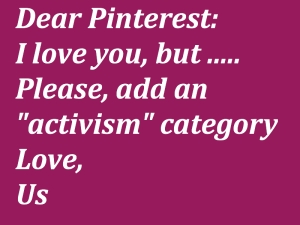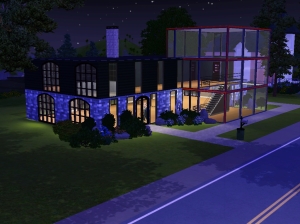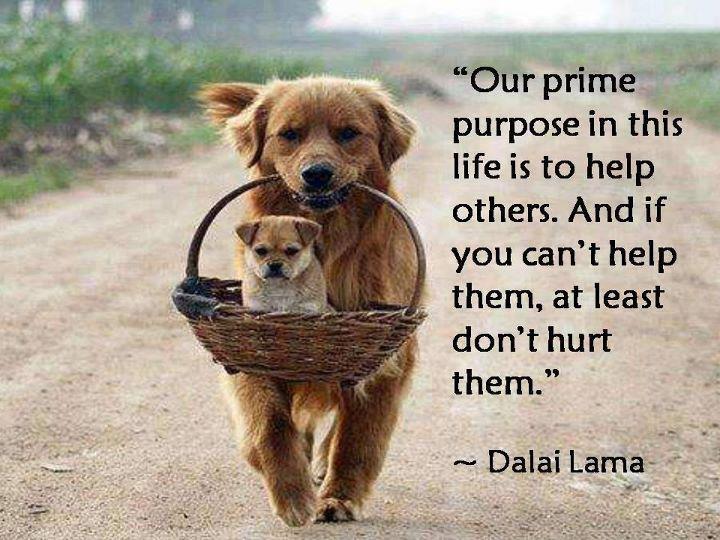Crossposted from ActionSprout’s blog

A marketing consulting that Action Sprout works with emailed us saying she noticed that the top trending content on Upworthy’s Facebook page isn’t their videos and links that drive people to their own page, but instead posts that simply have images attached to them but don’t drive off Facebook.
Upworthy is the best example of a Facebook page that proves that sometimes it isn’t how big your page is, it’s how you use it. Jokes aside, compare the Upworthy engagement
to our friends at OurTime.org. I’ll give you a hint: with just over 100,000 fans on their page, OurTime.org’s top performing post last week nearly broke 100,000 shares and all of their posts were over 3,000 shares. When you analyze the content on both pages, you’ll see that the top trending content on both pages tends to be more visual content. This not only due to the fact that visual content draws people to it, it is also related to the age old problem of Facebook prioritizing content that keeps you on Facebook.
Think about it: Facebook makes ad money when you’re on Facebook. If you click off of Facebook to another website, Facebook loses you and the chance to monetize your eye attention. So what is Facebook to do? Well, they increase the priority of content that keeps you on Facebook. This means videos, status updates, graphics including memes and photo albums, questions and polls, and of course applications like ActionSprout get the extra edge. And your link, well, it’s going the way of the dodo bird.
A new ActionSprout client approached us asking about best practices on memes and links on memes last week: “Doesn’t having a link on your meme decrease your engagement?” In one answer: No. And if you’re not putting links on your memes, particularly an ActionSprout link on your meme, you’re missing the opportunity to capture data from that person that you can use to retarget them on Facebook and off.
If your audience doesn’t click on links on memes, it is only because you haven’t trained them to do so. Crazy, I know, to think of your Facebook audience as being “trained” but this is exactly why you see different pages doing different things and garnering success from them.
This is where ActionSprout can be a benefit. If you want to get the largest percentage of your followers to see your content you’ve got to keep them within the Facebook garden walls and you’ve got to get them clicking. How does that help your organization though? Your blog posts, your petitions, your entire organization exists on your website, so what is a non-profit to do?
This is what ActionSprout does. We can take your petitions and your list development and keep it on Facebook to optimize the percentage of people seeing your petitions. W also show you the highest performing content from the pages you follow through our Inspire Tool so you can borrow other good ideas and content that is consistent with your organizations own messaging.
The next step is creating a culture of clicking – just like OurTime.org has created a culture of “sharing.” The easiest way is to ask. CLICK here if you believe …… CLICK here if you want to see….. The sure fire way to get people to click is to tell them to do it.
Some people will share – that’s great – but when followers see your fan’s share your content, we want them to click TOO. Once you work your way up to having a higher click rate on your memes then take it a step further and ask them to CLICK and SHARE if you believe….
If you’re sharing a meme and not sticking a link on it, not funneling people toward an action, not driving traffic back to your site, then you’re doing it wrong.






 A marketing consulting that Action Sprout works with emailed us saying she noticed that the top trending content on Upworthy’s Facebook page isn’t their videos and links that drive people to their own page, but instead posts that simply have images attached to them but don’t drive off Facebook.
A marketing consulting that Action Sprout works with emailed us saying she noticed that the top trending content on Upworthy’s Facebook page isn’t their videos and links that drive people to their own page, but instead posts that simply have images attached to them but don’t drive off Facebook.



